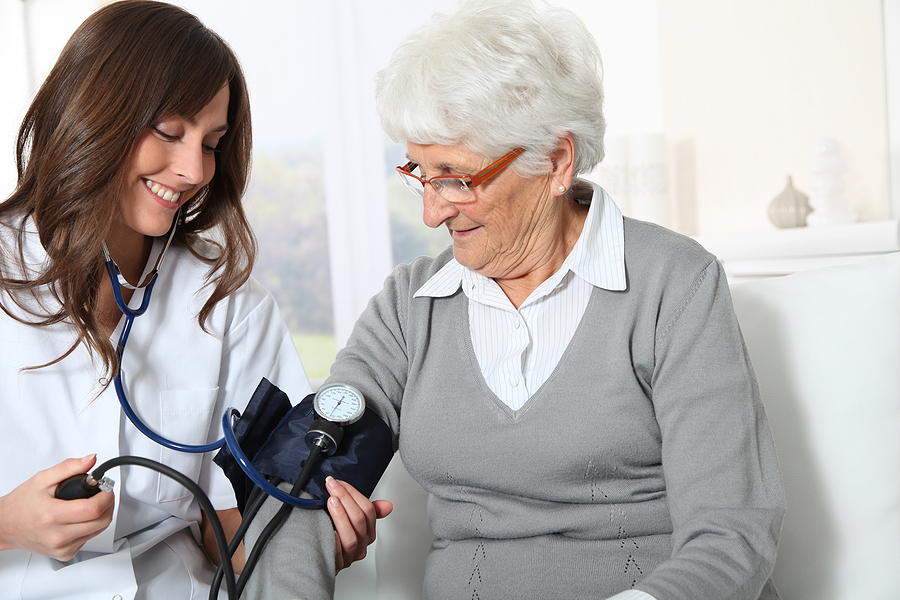What are the New Blood Pressure Guidelines for Seniors?
Category:

Blood pressure guidelines aren’t something that change at regular intervals; they’re only adjusted when sufficient evidence suggests change is warranted. The latest adjustment occurred in 2017 when leading institutions like the American Heart Association altered their guidelines concerning seniors.
While new normal blood pressure for seniors is not a vast departure from the old recommendations, it is a shift that warrants observation. But what are the new blood pressure guidelines for seniors, and what kinds of things should you be on the lookout for when monitoring blood pressure for seniors?
New Blood Pressure Standards for Seniors
The ideal blood pressure for seniors is now considered 120/80 (systolic/diastolic), which is the same for younger adults. The high blood pressure range for seniors starts at hypertension stage 1, spanning between 130-139/80-89. Higher readings suggest increasingly dangerous hypertension; the lengthy list of complications associated with high blood pressure ranges from an increased risk of heart failure to increased risk of blindness.
Some risk factors can’t be avoided, including age, gender, ethnicity, and family history. But many lifestyle factors can be changed. Some of the most common risk factors include smoking, stress, low physical activity, inadequate potassium, and alcohol overconsumption. Anti-hypertensive medications can also contribute to successfully turning around hypertension but typically need to be used in conjunction with lifestyle changes.
Download a Free Heart Health Guide
Low Blood Pressure in Seniors
By contrast, low blood pressure (hypotension) is demarcated at 90/60 or below. While low blood pressure in seniors is not always something to be concerned about, it can sometimes suggest an underlying problem exists. For instance, low blood pressure can indicate various nutritional deficits, heart problems, endocrine system problems, severe infection, allergic reaction, and a variety of other health issues.
It’s estimated between one in ten or two in ten people over 65 experience postural hypotension, so low readings are typically nothing to worry about, provided that loved ones are not experiencing unpleasant symptoms. Some common symptoms of low blood pressure include dizziness, fainting, dehydration, lack of concentration, clammy skin, fatigue, and shallow breathing.
Moreover, extremely low blood pressure can lead to shock, a life-threatening condition requiring emergency medical assistance. Common symptoms of shock in the elderly include confusion, rapid and shallow breathing, weak and rapid pulse, and clammy skin.
Measuring Standard Blood Pressure for Seniors
Taking measurements is relatively simple, but there are things to keep in mind. First and foremost, our blood pressure normally varies through the course of a day. It can depend on our body position, the rhythm of our breathing, dietary factors, medications, and even stress. It even tends to be lower in the morning and higher at the end of the day. In short, try to note the time whenever recording measurements.
Another thing to remember is that getting one low reading isn’t necessarily something to be concerned with. The normal blood pressure for seniors can vary a little bit from one day to the next. Along with regular monitoring and keeping your doctor apprised of changes, small efforts can go a long way towards leading a healthier life.
Subscribe
Date: February 11, 2021
Category:


